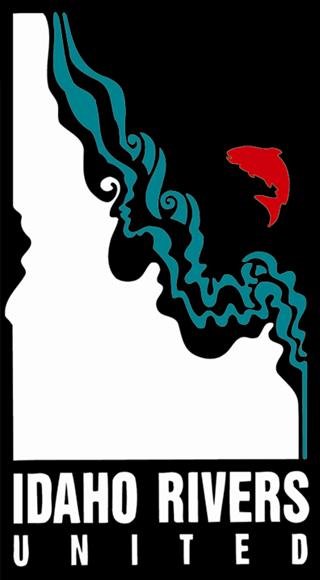Tanker spill near Little Salmon River is sober reminder of similar Stibnite threats
The turned over taker leaked thousands of gallons of propane near the banks of the Little Salmon River, near Riggins, ID. PC: Idaho State Police via Lewiston Tribune
On Thursday, February 9th, Highway 95 between New Meadows and Riggins was closed for two days due to a tanker truck rollover. According to the Idaho Transportation Department, the truck was hauling propane and crashed near mile marker 177 around noon on Thursday near where Hazard Creek enters the Little Salmon River. Following the accident, the highway remained closed while first responders assessed the hazard and initiated clean up efforts.
While no exact figure was provided, ITD stated that following the crash, first responders were busy cleaning up “thousands of gallons of propane” that was released from the ruptured tanker near the banks of the river. A one mile evacuation order was also issued during the initial clean up and all traffic was directed to lengthy detours.
While accidents like this are generally rare, this serves as a sober reminder of the risks that are involved with many of our transportation corridors in Idaho that parallel waterways. Highway 95 is a well-maintained, typically snow-free, corridor. This accident proves that while unlikely, the odds of a similar accident happening elsewhere in Idaho are never zero.
One of our major concerns when evaluating the Stibnite Gold Project revolved around this very issue. In the Supplemental Draft Environmental Impact Statement, it was estimated that every year there would be more than 3,000 loads of hazardous material traveling to and from the mine site. Under either alternative proposed within the SDEIS, the travel route for this hazardous material would parallel critical habitat for Endangered Species Act-listed fish and travel through the communities of Valley County and beyond.
The volume of heavy trucks carrying a wide variety of hazardous materials over much more dangerous roads than Highway 95 simply creates too much opportunity for similar accidents to occur.
Consider if this same incident took place along Johnson Creek or the East Fork South Fork within the mine site itself in the late summer. Depending on the exact location, this type of accident could result in the decimation of an entire generation of Chinook salmon that may be present and spawning within the river.
As we continue to see increased mining activity and exploration all across the state, the question is when not if, we will see another similar accident and how extreme the environmental fallout is.
While we hate to see any accident of this nature occur, we hope that this will serve as a reminder of the realities of human nature and the risks that are involved when the transportation of any hazardous material is present.


